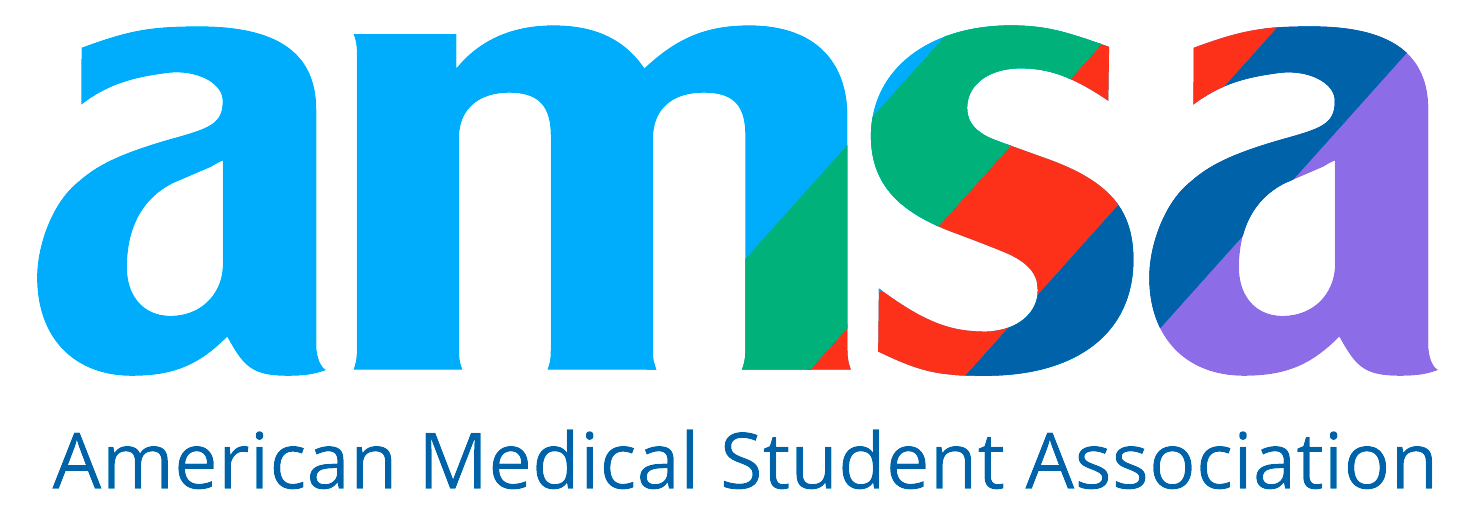How Long is Med School? Timeline to Becoming a Doctor
Go-Elective Abroad
How Long is Med School? Timeline to Becoming a Doctor
Understanding the Journey to Becoming a Doctor
Becoming a doctor in the United States is a long, structured process. It includes four years of undergraduate education, four years of medical school, and a residency that lasts anywhere from three to seven years, depending on your specialty. After completing residency, a physician must pass their licensing exam for the state in which they plan to practice.
This means it typically takes 10 to 14 years to become a practicing doctor.
Can You Become a Doctor Before Turning 30?
Is It Possible to Fast-Track Medical Education?
Yes, but it’s difficult and requires strategic decisions early on. Assuming you begin undergrad at age 18 and follow the traditional path, you’ll likely be around 30 years old when you finish training. However, some students manage to become doctors before 30 by doing the following:
How to Accelerate the Timeline
- Start early: Know your career path while in high school and take advanced courses.
- Choose a BS/MD program: Some schools offer 6- or 7-year combined programs.
- Enroll in shorter MD programs: Certain schools offer 3-year medical degrees.
- Select a shorter residency: Family medicine and pediatrics require only 3 years.
- Begin college before age 18: Students who skip grades or take dual-credit courses can gain time.
Fastest Way to Become a Doctor (Overview of Key Steps and Their Duration)
To become a licensed physician as efficiently as possible, consider each of the following stages:
Undergraduate Degree (4 Years)
Medical schools in the U.S. require a bachelor’s degree with specific prerequisites:
- 1 year of biology with lab
- 1 year of chemistry with lab (organic and/or inorganic)
- 1 year of physics with lab
- 1 semester of math (statistics or calculus)
- 1 year of English
Activities to Complete During Undergrad
- Volunteer in clinical settings
- Shadow physicians
- Participate in research
- Take part in pre-med internships or global health programs
You’ll also need to take the MCAT and possibly the CASPer exam before applying to medical school.
Medical School (4 Years)
Medical school is split into two phases:
Years 1–2: Pre-Clinical Phase
- Focused on science-based coursework
- Ends with the USMLE Step 1 exam
Years 3–4: Clinical Rotations
- Includes hands-on experience in different specialties
- Ends with USMLE Step 2 and selecting a specialty
Residency (3 to 7 Years)
After med school, students enter residency:
- 3 Years: Family Medicine, Internal Medicine, Pediatrics
- 4 Years: Psychiatry, Obstetrics/Gynecology
- 5 Years: General Surgery, Urology
- 6–7 Years: Neurosurgery, Cardiothoracic Surgery
After the first year, doctors take USMLE Step 3, the final licensing exam.
Fellowship (Optional, 1 to 2 Years)
Some physicians pursue further specialization through a fellowship:
- Required for subspecialties like cardiology, oncology, or pediatric surgery
- Adds 1–2 years after residency
Non-Traditional Paths to Becoming a Doctor
Taking a Gap Year
Many pre-med students take a year off to:
- Strengthen their application
- Gain clinical or research experience
- Travel abroad through study programs
- Reduce undergraduate debt
Post-Baccalaureate Programs
Postbac programs are ideal for:
- Students who didn’t take pre-med coursework in college
- Those who want to improve their GPA
- Offered by undergrad and medical institutions
Special Master’s Programs (SMPs)
SMPs offer advanced coursework and are ideal for:
- Boosting your academic record
- Gaining research experience
- Completing additional clinical exposure
Programs can take 1 to 2 years, depending on whether they require a thesis.
Career Changes
Some students become doctors later in life after working in:
- Nursing
- Paramedicine
- Physician Assistant roles
These individuals may complete a postbac while working, then apply to med school in their late 20s to 40s. Career switchers often bring unique strengths and maturity to their medical education.
How Long Does It Take to Become a Doctor in Other Countries?
In many English-speaking countries, the timeline is similar to the U.S.:
- Canada: 3–4 years undergrad, 4 years med school, 2–5 years residency
- UK/Australia: 5–6 years combined undergraduate and medical education, followed by residency
Frequently Asked Questions
-
How Long Does It Take to Become a Doctor or Surgeon?
On average, it takes 10 to 14 years depending on specialty and whether you pursue a fellowship.
-
Can I Become a Doctor Before Age 30?
Yes, but it requires early planning, choosing an accelerated path, and selecting a short residency.
-
Is It Worth It to Become a Doctor?
While it’s a major time and financial investment, doctors earn high salaries and enjoy meaningful, respected careers.
-
Are MD and DO Programs the Same Length?
Yes, both programs typically take 4 years to complete.
-
Are Dual-Degree Programs Longer?
Yes, for example:
- MD/PhD: 7–8 years
- MD/MPH: 5 years
- MD/JD: 6 years
-
What Age Will I Become a Doctor?
Most students start med school around 24 and finish training in their early to mid-30s.
-
Is There an Age Limit for Medical School?
No. Most schools accept applicants of any age, except in military programs with upper age limits.
-
Does a Gap Year Hurt My Application?
Not if used wisely. Gaining experience through clinical work, volunteering, or research can strengthen your application.
-
What If I Don’t Match to a Residency?
You can:
- Work in a clinical or lab setting
- Retake licensing exams
- Reapply with improved credentials
-
How Old Can My Coursework Be?
While few schools have strict cutoffs, coursework should ideally be completed within the last 5 years.
Why Does It Take So Long to Become a Doctor?
- You must complete a bachelor’s degree first
- Residency ensures physicians are fully competent
- Licensing exams require in-depth knowledge and clinical experience
Are you looking to attend a residency abroad? Explore Go-Electives New Doctor and Residency electives abroad here.
Article Details
Categories
Recent Articles , Pre-health, Medical Electives, Med Schools,
Author: Go-Elective Abroad
Date Published: Sep 7, 2025
Travel with us.
Inquire Today!
Go Elective offers immersive opportunities for medical students, pre-med undergraduates, residents, nursing practitioners, and PAs to gain guided invaluable experience in busy hospitals abroad. Discover the power of study, travel, and impact.






